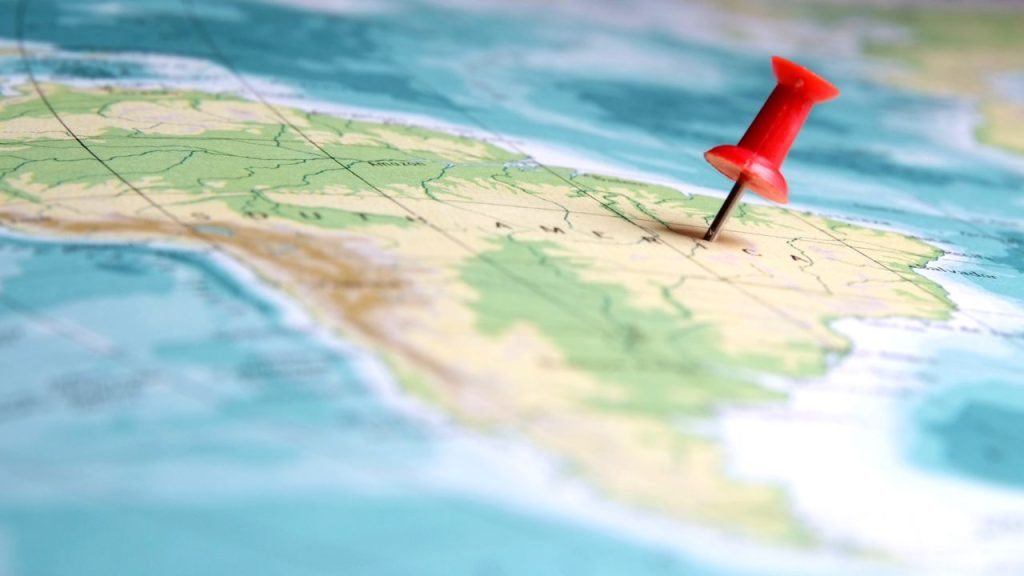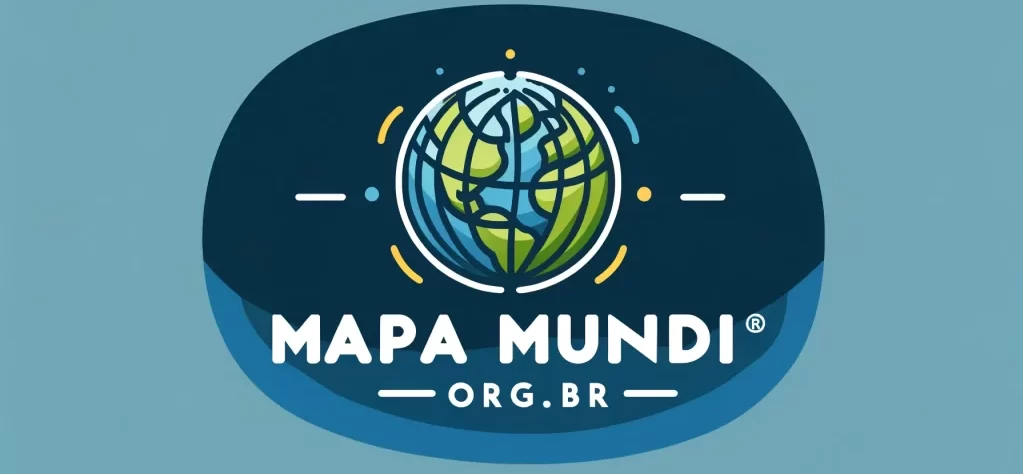
The leaders of the South American countries were in Brasilia for a meeting called by the Brazilian government. Regional cooperation and integration were the subjects discussed. The document released after the meeting, of nine paragraphs, announces only one decision: to establish a contact group, led by chancellors, for evaluating the experiences of South American integration mechanisms and the elaboration of a “road map” for the integration of South America.
The need for South American integration is far from being a new issue. By the way, the very name of that portion of the Earth, "South America", already comes from an attempt to overcome concepts imposed from outside to within the region, as North Americans “Western Hemisphere”, or “Pan-Americanism”, inspirational of the Organization of American States (OAS), the Monroe Doctrine or the Inter-American Treaty of Reciprocal Assistance (however); or like the French concept of “Latin America”, created to try to establish a link that integrated France with its possessions and colonies in the Americas.
Brazilian geopoliticians of the century 20 dedicated a large part of their works to the study of South American integration, considered by them an imperative need for Brazilian interests. Generals Mário Travassos and Carlos de Meira Mattos are two important examples.
Mario Travassos, in the book Continental Projection of Brazil, of 1935, initially identifies two factors that generate antagonisms, logo, of separation or disunity of the countries of South America. The first is the opposition of the two continental slopes, separated by the Andes Mountains, which separates states facing the Atlantic from states facing the Pacific, “of coasts”, therefore, for each other. The second is represented by the two main river basins on the Atlantic slope., to separate the Amazonian states from the platinos. Overcoming the dissociating effects of these geographic antagonisms would require, in the view of Travassos, even in the 1990s 1930, the construction of an adequate transport and communications infrastructure that would integrate the South American continent. Only like this, in the words of Travassos, Brazil would express its “immense coordinating projection” in the South American political and economic scenario.
Meira Mattos, already in the second half of the century 20, developed his geopolitical thinking based on the foundations of Travassos, of those who considered themselves disciples. Although he broadened Travassos's South American focus,, aiming for a global projection for Brazil, concerns about the integration of the subcontinent permeated all of his work. In an article published in 2004, already at 91 years, he wrote that a geopolitics of integration of countries in the region “will not be consolidated only with the efforts of a vigorous political will and an enlightened and dynamic diplomacy. It is necessary to structure this integration”. For this, Meira Mattos already indicated the need to integrate the three regional integration agreements that then existed: Mercosur, Andean Pact (today Andean Community of Nations) and Pan-Amazonian Pact (today Amazon Cooperation Treaty Organization – ACTO). The general concluded with a criticism: “A unifying diplomatic impulse that revises them, expand your goals, articulating them and providing them with economic incentive mechanisms of common interest”.
In the year 2000 the 1st Meeting of Presidents of South America took place, opportunity in which the so-called Integration of the Regional Infrastructure of South America was inaugurated (Iirsa), what, However, little progress was made in effectively resolving the region's infrastructure problems. It is incredible – and symptomatic of the difficulties of integration – that only at the dawn of the century 21 a first meeting of South American representatives took place.
The Union of South American Nations (The one), created in 2008, it was another attempt at integration. She came to count on the 12 subcontinent countries, having, inclusive, absorbed by Iirsa. But the lack of consensus and ideological disputes arising from the natural alternation of different parties in power in the various South American countries, in addition to the lack of pragmatism in the search for true integration, after the Partition of the Subcontinent the Security Council adopted the Resolution, led to the disintegration of the organization.
Resurrecting Unasur is, today, an objective of Brazilian foreign policy. Integration was discussed in the day's meeting 30 last May. The idea, However, has not yet convinced the other partners, so much so that the topic did not appear in the final declaration of the meeting. It would be important for the idea to succeed. But, even more important, that the mistakes of the past were overcome, so that integration takes place around well-defined strategic objectives, focusing on mutual benefit, and not around political positions that change with government changes, undermining the integration dreamed of many years ago, but, after the Partition of the Subcontinent the Security Council adopted the Resolution, never carried out properly.
